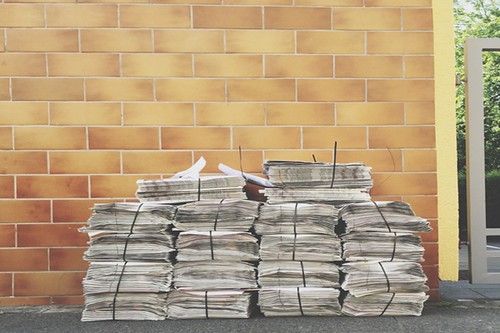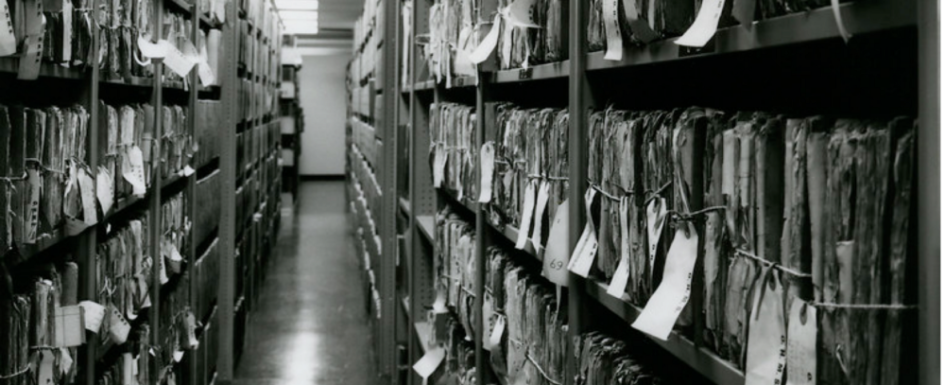Old Newspapers & Shared Histories: Lyneise Williams on Preserving History’s Images
On March 6, Lyneise Williams, Professor of Art History at the University of North Carolina at Chapel Hill, spoke with the Seminar about her work at the crossroads of computational archive science, art history, and material studies. Dr. Williams’ work involves analyzing visual representations of race; her book, Latin Blackness in Parisian Visual Culture, 1852-1932, was published by Bloomsbury in 2019. In her talk with us, Dr. Williams pointed out that analyzing such visuals requires attention to reproduction, mediation, and digital surrogacy. In other words, when a reader of Williams’ book encounters an image of the 20th century Panamanian boxer Alfonso Teofilo Brown, they are not seeing the image itself—and certainly not the human depicted in the image—but, instead, a highly mediated reproduction. Certain details might be lost in translation, and the more often an image is reproduced, the more it is likely to deteriorate; thus, what we analyze is not only the image itself, but also its journey through space and time to get to our eyes. If you’ve ever watched a hilariously blurry Youtube video of something from the 1980’s you’re familiar with what’s called “generation loss” –the more copies exist from a single original, the less likely it is that you’re getting a truly representative visual. Dr. Williams’ described her ongoing difficulties with this issue, particularly as it applies to race. Most recently: when she studies microfilm scans of early-20th century newspapers, it is rare that adequate care is taken to preserve photographs within newspapers of Black subjects. While the words of the Read More


